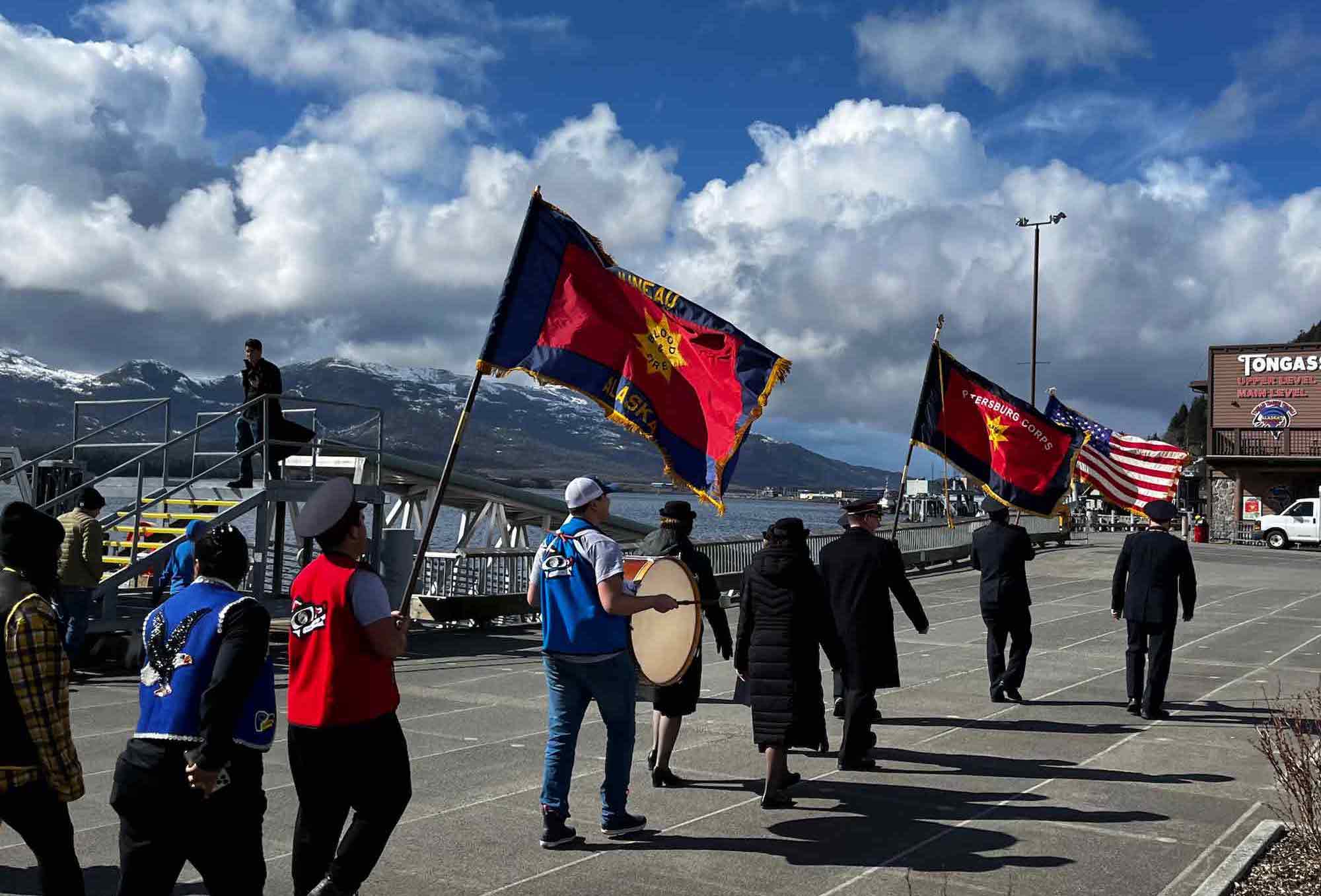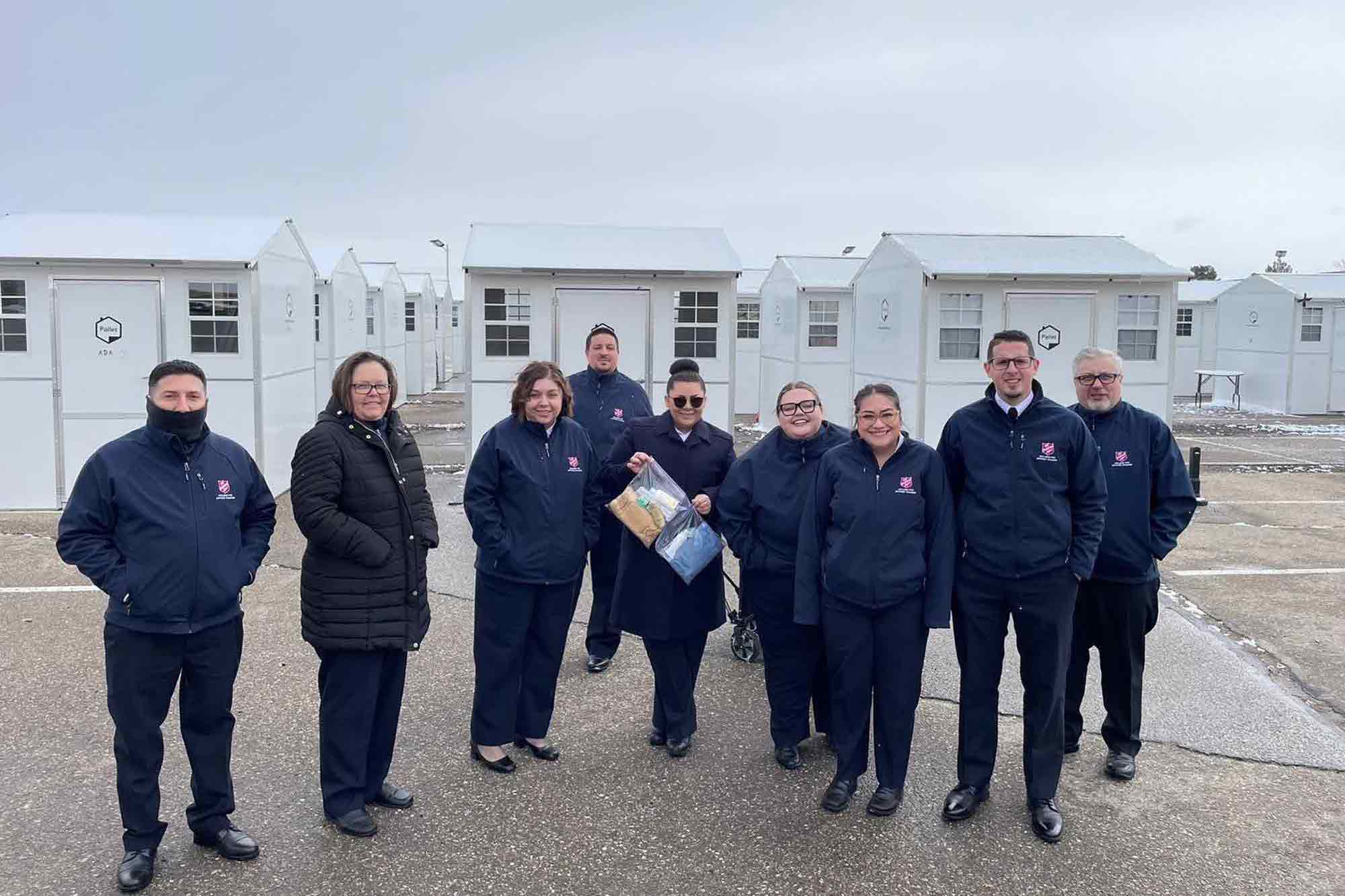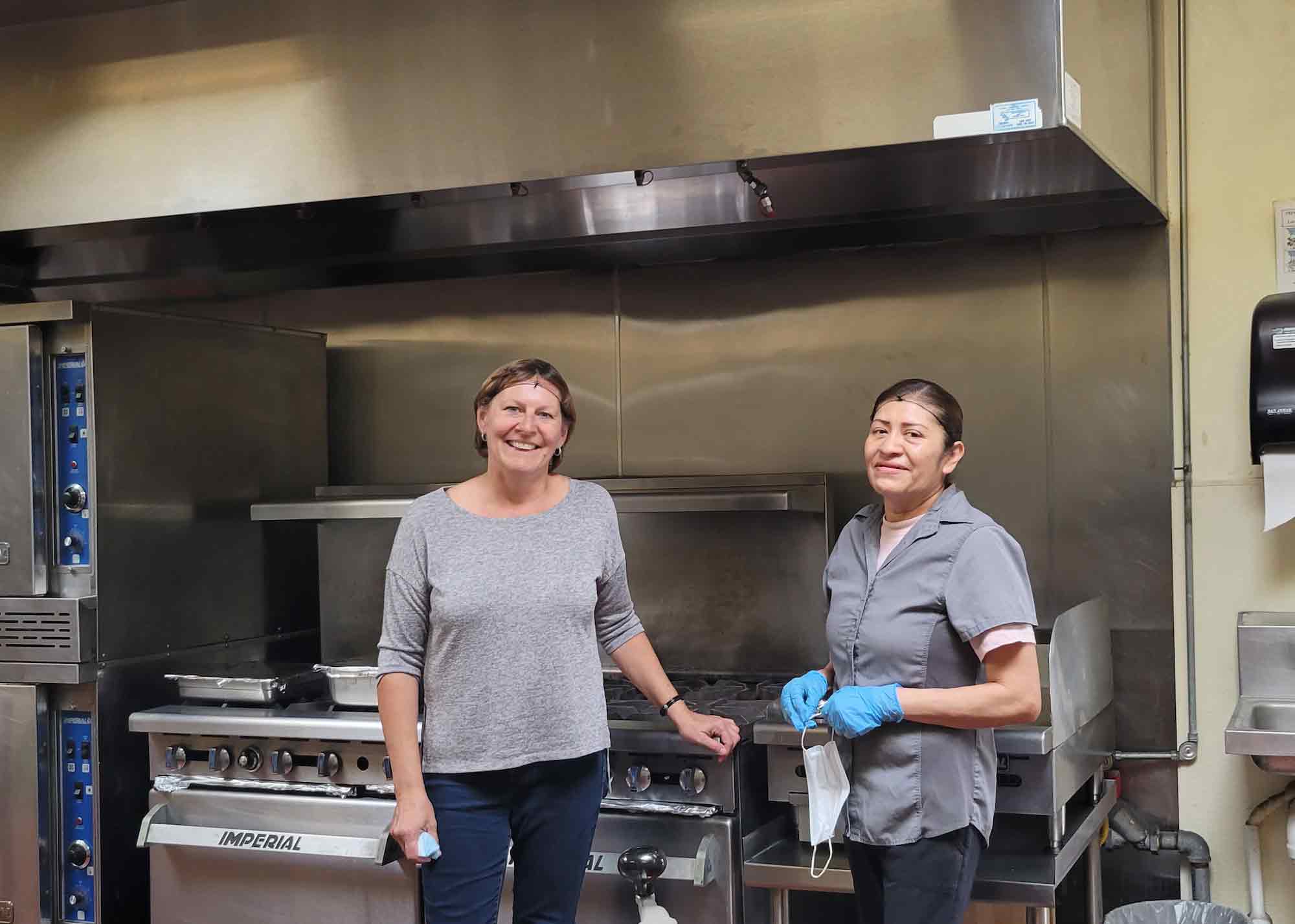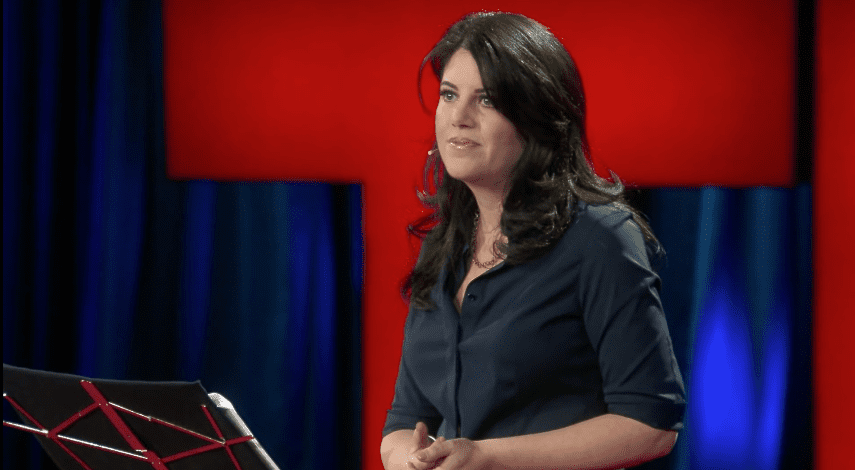“On the inside of this bracelet, the artist engraved my Tlingit name,” retired Salvation Army Major Joe Murray tells me, showing off his traditional sterling silver bracelets. “He also engraved a symbol of the opposite clan, my wife’s clan. I’m Eagle, Killer Whale and she’s Raven and Woodworm.”
Murray and I talk on folding chairs in the lobby of The Salvation Army Saxman (Alaska) Center. Alaskan Native elders chat among themselves at the tables lining the room, showcasing their artisanal creations for the ongoing community bazaar. They sell beaded jewelry, crocheted potholders, hand-stitched patches and other goods to browsing visitors.
The bazaar is one of many events hosted during the annual three-day Alaska Congress, held this year from March 31-April 2 in the small town of Ketchikan. The congress celebrates The Salvation Army’s impact across the state and the relationships that flourish within the organization.
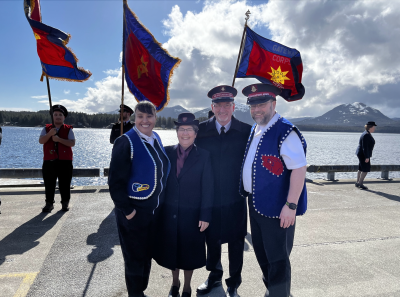
This year, 147 Salvationists, including Murray, traveled from other Alaskan towns and villages to participate. During the congress, delegates worshiped in the chapel, fellowshipped over meals and honored their loved ones who had passed away. Attendees also sold their artwork at the congress bazaar and enjoyed traditional dances and regalia.
“The Alaska Congress is a tradition we really enjoy,” said Alaska Divisional Commander Lt. Colonel Doug Tollerud. “It’s important to Native Alaskans and we’re just excited about what takes place.”
But the Alaska Congress is only one of the ways The Salvation Army celebrates Native culture and strives to make everyone feel welcome. Emotional and spiritual ministries at Alaskan corps often incorporate the traditions of local tribes and many of the corps are led by Native Alaskans.
“I really enjoy how The Salvation Army has intentionally tried to meet the Tlingit people where they’re at and communicate in a way that is understood from the Tlingit perspective,” said Raven Svenson, Murray’s granddaughter and a Tlingit Salvation Army soldier. “Just things like the songs being available in Tlingit, Haida, and the other [Native Alaskan] languages. And I’ve seen so many officers and soldiers get involved in Tlingit cultures and eat Tlingit food and really try to learn.”
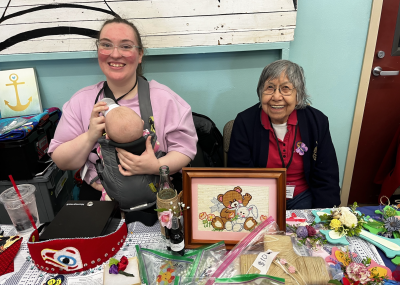
Historically, Svenson said there have been tense relationships between Christian missionaries and Native Alaskan tribes. When missionaries first came to Alaska in the late 18th century, they often brought Euro-centric ideas with them, encouraging Native people to forsake their own languages and customs. Many Native Alaskans say they still feel the pain of those encounters today.
“I know a lot of people who have a lot of bitterness toward anything religious,” Svenson said. “Most of us have relatives who went to boarding school and went through that experience… There’s real pain and hurt that is there.”
But Murray believes The Salvation Army, in contrast, has launched a more successful ministry in Alaska because the organization sought to respect the cultures of those it ministered to.
“A lot of people respect The Salvation Army in the Native community because they didn’t try to change the culture, but the heart,” Murray said. “We worked on the heart. We say we want to change the whole person, but it doesn’t mean people have to leave their language and culture behind.”
Today, the melding of Salvation Army and Indigenous cultures gives officers like Murray unique opportunities to serve. Because he speaks Tlingit, members of the Brown Bear clan recently asked Murray to help officiate a memorial service.
“They wanted cultural protocol, which I helped them with, as well as the church part,” Murray said. “So that’s where the two come together if you’re really adept at the culture and the language. But it takes a lot of time.”
For Murray, the investment is well worth it.
“If you do it properly, you’re showing respect,” he said. “And when you show respect they listen to you better.”
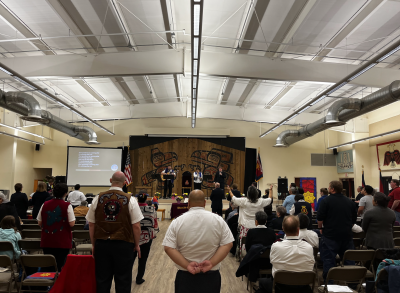
On Saturday afternoon at the congress, delegates grouped around Salvation Army flags, donned Native regalia, grabbed timbrels (tambourines) and embarked on a march of witness through downtown Ketchikan. The procession marched to a drumbeat, smiling and waving at passersby, then stopped at the waterfront, where several locals began to congregate around a Salvation Army brass band. When the crowd settled, Major John Quinn from The Salvation Army Angoon Corps stepped forward to address the crowd.
“We are The Salvation Army,” Quinn proclaimed. “We have been in Alaska for 125 years. I am so proud of that heritage that we have that is on this land—land that doesn’t belong to us. But I’m proud to share it, proud to be a part of it and proud to come in the name of Jesus Christ.”
The crowd cheered and, at Quinn’s prompting, began singing “S-A-L-V-A-T-I-O-N A-R-M-Y.”
The celebratory congress focused on eternal hope in heaven, but it also revealed a shared hope for Alaska—hope that The Salvation Army could be an agent of change and healing by creating and sustaining a community where everyone is welcome.
At the waterfront, everyone eventually joined in the song—smiling, dancing and spelling “S-A-L-V-A-T-I-O-N A-R-M-Y.”
Do Good:
- Want more content from Caring Magazine? Follow us on Instagram! Get caught up with the latest stories, podcasts and more to inspire goodness in your life.
- Tell people who you are, what you’re passionate about and why you care. Find confidence, healing or simply the satisfaction of finding your voice, owning your story and sharing it with others. Sign up for our free email course and get started today.
- Interrupt the free flow of junk (e)mail with something good. Get the Do Good Digest. Join 23k+ people who care and get weekly inspiration sent right to your inbox.











